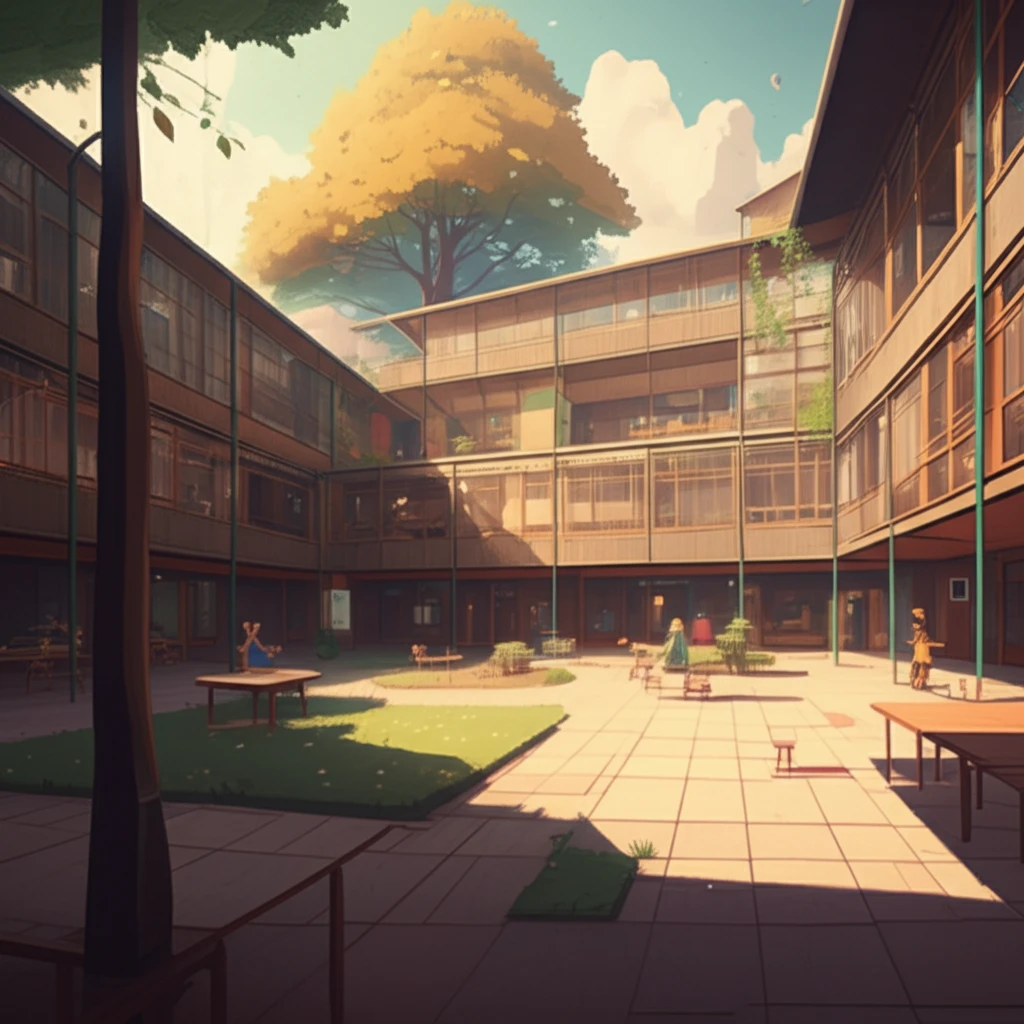
Home is Where the Heart Is: How Architectural Psychology Shapes Our Safe Spaces
"Explore the visionary architecture of Aldo van Eyck's orphanage and discover how thoughtful design fosters emotional well-being and a sense of community."
Architecture impacts our psychological well-being and social interactions. More than just physical structures, buildings shape our emotions, foster community, and provide a sense of belonging. Aldo van Eyck, a Dutch architect, understood this profoundly. His Amsterdam Municipal Orphanage, built between 1955 and 1960, exemplifies how thoughtful design can create a nurturing and emotionally supportive environment.
Van Eyck believed that modern architecture often failed to address fundamental human needs for connection and emotional resonance. He saw rigid, functionalist designs as contributing to feelings of uncertainty and anxiety. In response, he sought to create spaces that embraced complexity, celebrated human relationships, and fostered a sense of 'built homecoming.' The Amsterdam Orphanage became his laboratory for exploring these ideas, a place where he could translate his vision of emotional functionalism into a tangible reality.
This article explores the architectural and philosophical underpinnings of van Eyck's orphanage, examining how his innovative approach to space, form, and social interaction created a unique environment that continues to inspire architects and designers today. We'll delve into his key concepts, such as 'labyrinthine clarity,' 'twin phenomena,' and the 'vernacular of the heart,' to understand how he sought to create a truly human-centered architecture.
Van Eyck's Design Principles: Weaving Together Complexity and Connection

Van Eyck's design was based on the idea that a building should feel like a small village, encouraging a sense of community and belonging. This was achieved through a modular design using a basic unit that could be adapted for different uses. The configuration of these units created an overall form that was varied and flexible, accommodating both planned and spontaneous activities.
- Modular Units: A flexible system that allowed for adaptation and growth.
- Interconnected Spaces: A network of courtyards and pathways that encouraged interaction.
- Natural Light: Large windows and skylights that brought the outdoors in.
- Human Scale: Elements designed to be child-friendly and create a sense of comfort.
The Enduring Legacy of Humanist Architecture
Aldo van Eyck's Amsterdam Orphanage remains a powerful example of how architecture can shape human experience. By prioritizing emotional well-being, social connection, and a sense of belonging, he created a space that nurtured the children who lived there. His work continues to inspire architects and designers to consider the psychological impact of their creations, reminding us that buildings are not just structures but environments that shape our lives.
